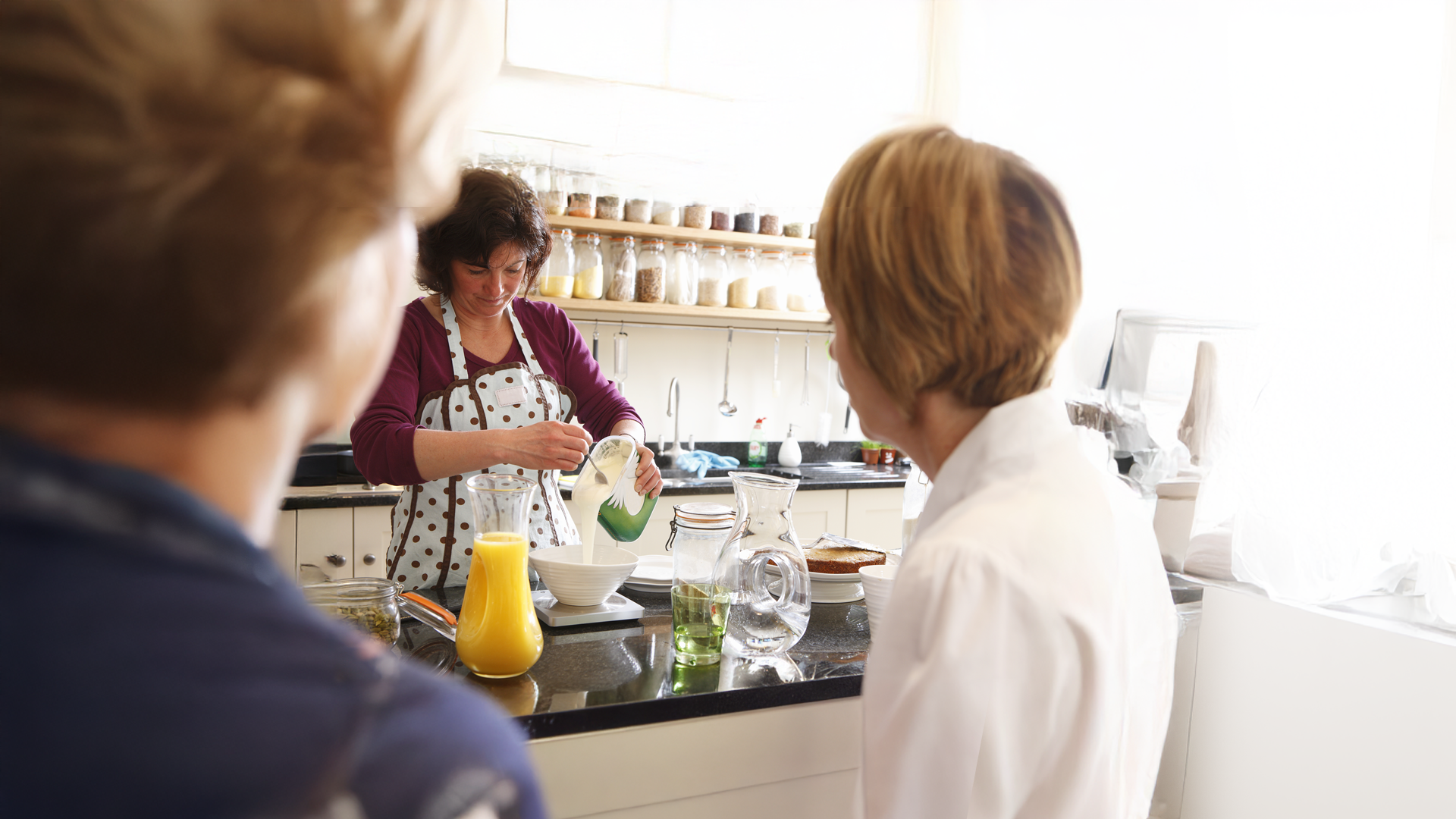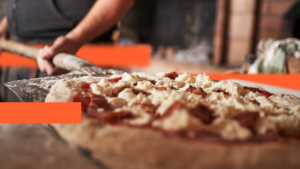If you’re in need of a creative spark, don’t be afraid to look backwards. 7C3’s Senior Integrated Designer Matt Cotterill explains why he often takes design inspiration from the century-old German Bauhaus art school when creating modern content campaigns.
At 7C3 we are always looking for new sources of inspiration and the latest design thinking. But as an enthusiastic mid-century modernist, when I want to get creative I often find myself revisiting the designers of the past.
The Bauhaus art school was founded in 1919 in Weimar, Germany by the architect Walter Gropius. It aimed to bridge the gap between art and industry – unifying crafts, fine arts and technology in a combined curriculum. Although the school was shut down due to pressure from the Nazis in 1933, its ideas have been enduringly influential in graphic design, product design, architecture and many other fields.
Despite being founded more than 100 years ago, Bauhaus’s principals of design still feel strikingly modern and have just as much relevance in 2023, creating work like social media campaigns, as they did designing products and buildings in 1923.
1. Gesamtkunstwerk or the ‘complete work of art’
One of the most important philosophies at the Bauhaus was gesamtkunstwerk, a synergy of different disciplines working together to achieve a common goal. At the Bauhaus, this meant designers, architects, painters and other disciplines all learned and generated ideas together.
This concept is much like a modern content agency, where the work we create is the result of close collaboration between writers, editors, designers, video editors and our specialist food team.
2. Less is more
The designers at the Bauhaus were some of the first to advocate for minimalism in design. Removing unnecessary ornamentation allowed them to create elegant designs based on simple geometric shapes. This made Bauhaus furniture easier and cheaper to mass produce.
This is a principle that is still key when designing great content. Reducing unnecessary elements and focusing on key messages in a content piece can better guide the audience’s attention toward a desired call to action and see it stand out on crowded social feeds.
3. Usability
Modern user-centred design owes a lot to the functionalist philosophy created by the designers at the Bauhaus. Although the products they created were beautiful, they always prioritised usefulness of an object to the end user. This is no different from the UX principles that we follow when creating websites, emails and social posts.
4. Typography
The Bauhaus put a particular focus on functional typography, aiming to create type that was rational, clear and legible. This led to them abandoning the traditional typefaces that had dominated visual communication for hundreds of years, popularising the kind of geometric sans-serif fonts that are core to modern branding and communication. They also created the principles of visual hierarchy that are still key to arranging text in print and on the web.
Herbert Bayer, the head of the printing and advertising course, created a ‘universal Bauhaus typeface’ to be used across all Bauhaus communications. This font has been widely influential across the decades, even inspiring Google’s logo.
5. Development and innovation
The designers at the Bauhaus were constantly experimenting with new techniques and building skills and understanding, with founder Walter Gropius thinking of the school as a laboratory for artistic and social innovation. This spirit of experimentation is core to the way we approach new content campaigns today.
6. Embracing new technology
The Bauhaus was founded at a time of unprecedented technological change, with the rise of mass production revolutionising the way things were created. Unlike many artists and craftspeople that were wary of ‘the machine’, the Bauhaus embraced these changes, working with industry and preparing its students to create designs that could be mass produced.
Likewise, we are at a time of great technological growth, with new developments like generative AI having the potential to radically change the design process. Like the Bauhaus, at 7C3 we have embraced these techniques and are always looking for new ways they can be integrated into our work.

Learning more about the Bauhaus
If you’d like to see a Bauhaus-style building in the UK, then you can visit the Isokon building in Hampstead, London. Designed by architect Wells Coates for clients Jack and Molly Pritchard to modernist principles similar to those of the Bauhaus, the residential building opened in 1934 and became home to a number of Bauhaus instructors: Walter Gropius, Marcel Breuer and László Moholy-Nagy. The building is now Grade I-listed, and includes a small museum.
Want to know more about using design to communicate your brand’s story ? Get in touch with us at hello@seven.co.uk






